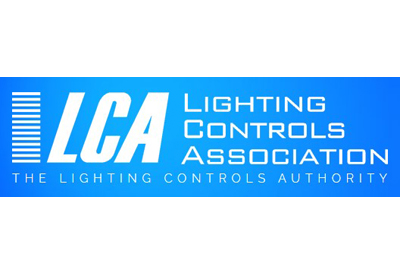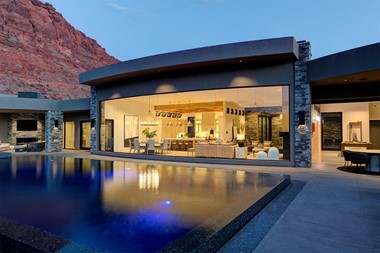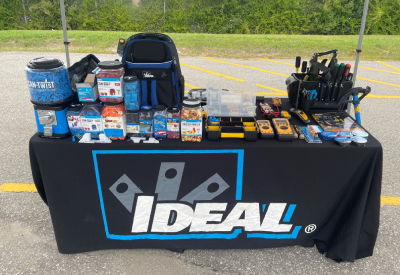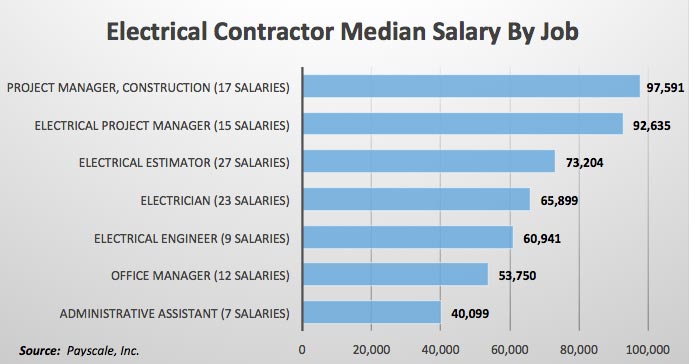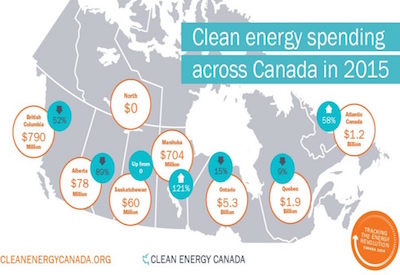Guide to the Canadian Electrical Code, Part I — Instalment 18

November 7, 2016
In this article: Section 32 — Fire Alarm Systems, Fire Pumps, and Carbon Monoxide Alarms. The code is a comprehensive document. Sometimes it can seem quite daunting to quickly find the information you need. This series of articles provides a guide to help users find their way through this critical document. This is not intended to replace the notes in Appendix B or the explanations of individual requirements contained in the CEC Handbook, but will hopefully provide some help in navigating the code.
Section 32, as outlined in rule 32-000 Scope, is a supplementary or amendatory section of the code and provides additional and specific requirements for the location, installation, wiring, and protection of fire alarm systems, fire pumps and smoke and carbon monoxide alarms required by the National Building Code of Canada as referenced in Appendix G. For further information, refer to Canadian Standard CAN/ULC – S524 Standard for the Installation of Fire Alarm Systems published by ULC Canada. Appendix B contains important additional helpful notes, and the CEC Handbook also contains helpful information.
Fire alarm systems
Rule 32-100 specifies the requirements for conductors in fire alarm systems, which include copper material, ampacity, use of optical fibre cables, use of stranded conductors, insulation rated at 300 volts, determining wire size for raceways or integral assemblies, and selection in accordance with rules 4-008(1) or 4-020(1).
Rule 32-102 outlines wiring methods for installation of conductors either in metal, non-metallic raceway, or having a metal armour or sheath. Where installed in buildings of combustible construction, conductors may be installed in accordance with Section 12. Conductors need to be installed independent of any other wiring except for point of supply, signal, ancillary device or communication circuits and must be insulated for the highest voltage rated conductor. Communication circuits must conform to Section 60.
Rule 32-104 requires that all exposed non-current-carrying parts of electrical equipment be bonded to ground in accordance with Section 10. In addition, non-metallic fire alarm wiring systems must incorporate a bonding conductor.
Rule 32-106 denotes that for electrical supervision, each circuit conductor terminal shall be independently terminated.
Rule 32-108 specifies that the fire alarm system power supply, except for included additional control units or transponders, be on a separate circuit and that the overcurrent devices and disconnecting means be permanently identified as a fire alarm system, be coloured red, and lockable in the on position.
Rule 32-110 provides installation requirements for permanently connected smoke alarms and carbon monoxide alarms in dwelling units that are required by the National Building Code of Canada (see Appendix G). The rule requires that smoke and carbon monoxide alarms be supplied from a circuit, such as a lighting only or mixed lighting and receptacle circuit, that will provide an indication if shut off. The circuit shall also have no disconnect or a GFCI or AFCI device between the alarms and the branch circuit overcurrent device. Interconnection of alarms may use a class 2 power supply in accordance with Rules 12-506 to 12-524.
Fire pumps
Rule 32-200 requires that conductors for the supply of a fire pump supplied from the emergency power source have an ampacity not less than 125% of the full load current rating of the motor or sum of multiple motors and auxiliary motors, and be protected from fire exposure to provide continuing operation during a fire as required by the National Building Code of Canada (see Appendix G).
Rule 32-202 outlines the requirements for wiring methods of fire pumps to be installed in metal raceways, in armour or metal sheathed cable, selected in accordance with Rule 4-888(1), in rigid non-metallic conduit embedded in concrete, or electrical non-metallic tubing embedded in concrete.
Rule 32-204 provides that a separate service box for a fire pump and equipment may be installed in conformance with rule 32-206 below and, notwithstanding rule 6-102(2), may be located remote from other service boxes.
Rule 32-206 requires that no disconnecting means, overcurrent protection or device capable of interrupting the fire pump circuit may be placed between the service box and the fire pump transfer switch or controller, except a circuit breaker that is permanently labelled identifying it as a fire pump disconnect. In addition, the circuit breaker must be lockable in the closed position and may be in the separate service box as in rule 32-204 above. In the case where this circuit breaker is installed in an emergency power supply circuit between the emergency power source and the fire pump transfer switch, the rating of the circuit breaker shall be as per rule 28-200. Where it is installed in a normal supply circuit the rating should be not less than the overcurrent protection of the fire pump controller.
Rule 32-208 requires that where an on-site electrical transfer switch is used to provide emergency power supply to a fire pump, it must be provided solely for the fire pump, located in a barriered or separate compartment or enclosure, permanently labelled as the fire pump power transfer switch, and approved for fire pump service. Where more than one fire pump is provided, a transfer switch is required for each fire pump.
Rule 32-208 provides that overload and overheating protection for branch circuit, control or equipment conductors shall not be required but shall be protected by the motor branch circuit overcurrent device.
Rule 32-210 specifies that ground fault protection shall not be installed in a fire pump circuit.
In the next instalment, we will be discussing Section 34 – Signs and Outline Lighting.
* The source for this series of articles is the Canadian Electrical Code, Part I, published by CSA
William (Bill) Burr is the former Chair of the Canadian Advisory Council on Electrical Safety (CACES), former Director of Electrical and Elevator Safety for the Province of BC, and former Director of Electrical and Gas Standards Development and former Director of Conformity Assessment at CSA Group. Bill can be reached at Burr and Associates Consulting, billburr@gmail.com.



